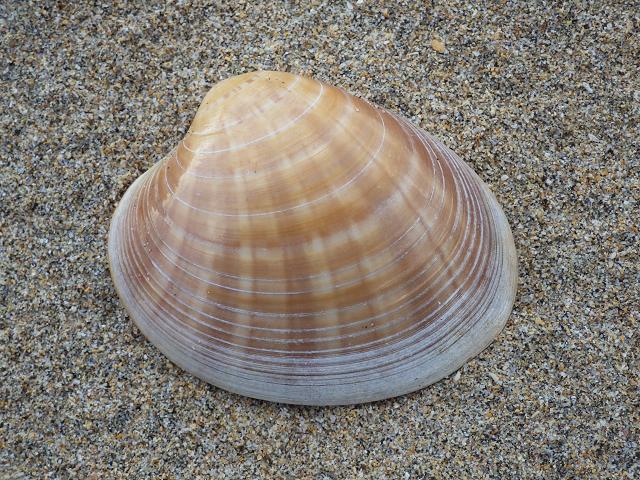
APHOTOMARINE
An educational resource dedicated mainly to the photography
and diversity of marine life that can be found in coastal waters
and intertidal areas of Great Britain and Ireland by David Fenwick.

Callista chione (Linnaeus, 1758) - Smooth venus or Verni clam (Marine bivalve images)
Scroll down and rollover titles to change screen image or click on title to view image.
Smooth venus or Verni clam
Callista chione
- shell valve 1
Callista chione
- shell valve 1
Smooth venus or Verni clam
Callista chione
- shell valve 2
Smooth venus or Verni clam
Callista chione
- shell valve 3
Smooth venus or Verni clam
Callista chione
- shell valve 4
Smooth venus or Verni clam
Callista chione
- shell valve 5
Smooth venus or Verni clam
Callista chione
- shell valve 6
Smooth venus or Verni clam
Callista chione
- shell valve 7
Smooth venus or Verni clam
Callista chione
- shell valves 1
Smooth venus or Verni clam
Callista chione
- shell inside 1
Smooth venus or Verni clam
Callista chione
- shell inside 2
Smooth venus or Verni clam
Callista chione
- shell inside 3
Smooth venus or Verni clam
Callista chione
- hinge 1
Smooth venus or Verni clam
Callista chione
- hinge teeth 1
Smooth venus or Verni clam
Callista chione
- pallial sinus 1
A rather large, chunky and very noticeable bivalve which can grow up to five inches across. Many large specimens can be found at Par Beach, but it also occurs at St Mawes, Gerrans Bay, Helford and Portholland in Cornwall and St Martin's Flats on the Isles of Scilly; this species is rare anywhere else in the UK.
Shells photographed at Par Beach, near St. Austell; at Hayle Towans, Hayle and in Mounts Bay near Penzance, Cornwall.
Scientific and European Names:
Callista chione, Smooth venus, Smooth clam, Glatte venusmuschel, Grote strandschelp, Vernis, Almejon de sangre, Fasolara.
Verni clams can be purchased from The Fish Society

The main objective of this website is in furthering environmental awareness and education through the medium of photography. To increase awareness and access to the wildlife of the region and help
people find and identify it. Sometimes the difference between species is obvious but many species can only be determined by observing microscopic characteristics that are specific to any one species.